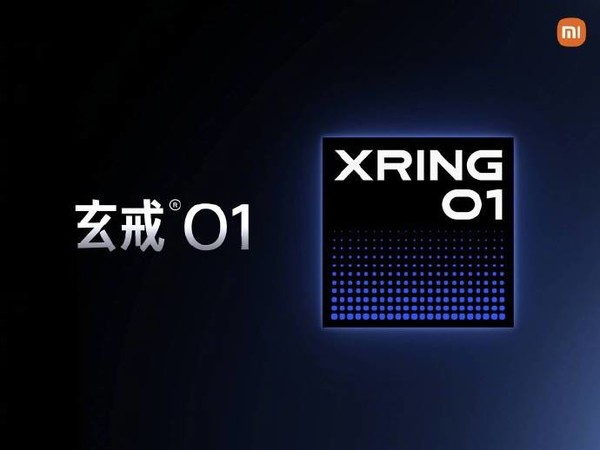
Xiaomi founder Lei Jun announced on Weibo that Xiaomi's self-developed mobile phone SoC chip "Xuanjie O1" will be released in late May. This is the second time that Xiaomi has resumed its self-developed chip plan since launching the Surge S1 chip in 2017.
In 2017, the Xiaomi Pinecone team released its first self-developed SoC Surge S1, which was installed in the Xiaomi 5C mobile phone. However, in the following years, the self-developed chip project gradually went silent and was resumed under the new name "Xuanjie". According to public information, Xiaomi's self-developed chips are not limited to the SoC field, but have also launched a number of functional chips. For example, the P series fast charging chip, G series power management chip, T series signal enhancement chip, D series independent display chip, etc. cover the core functional modules of mobile phones.
It is noteworthy that at the end of 2024, news came out that Xiaomi had successfully tape-out China's first 3nm mobile phone system-level chip. It is generally believed in the industry that this chip is very related to the upcoming Xuanjie O1. From the perspective of technology nodes, the 3nm process represents the most advanced level in the current semiconductor industry. If this is true, it means that Xiaomi has made great progress in chip research and development.
Historically, Xiaomi's self-developed chips have always attached importance to "independence and controllability". Although the Pengpai S1 did not achieve large-scale application at first, it laid the foundation for subsequent accumulation. Today's resumption of SoC research and development is not only a direct response to the high-end chip market, but also shows Xiaomi's long-term investment in the core smartphone technology field.
The timing of the launch of the Xuanjie O1 is very significant. May is the new product launch season in the global mobile phone market. Xiaomi has launched its self-developed chip this time, sending a signal that it will continue to deepen its presence in the high-end market.